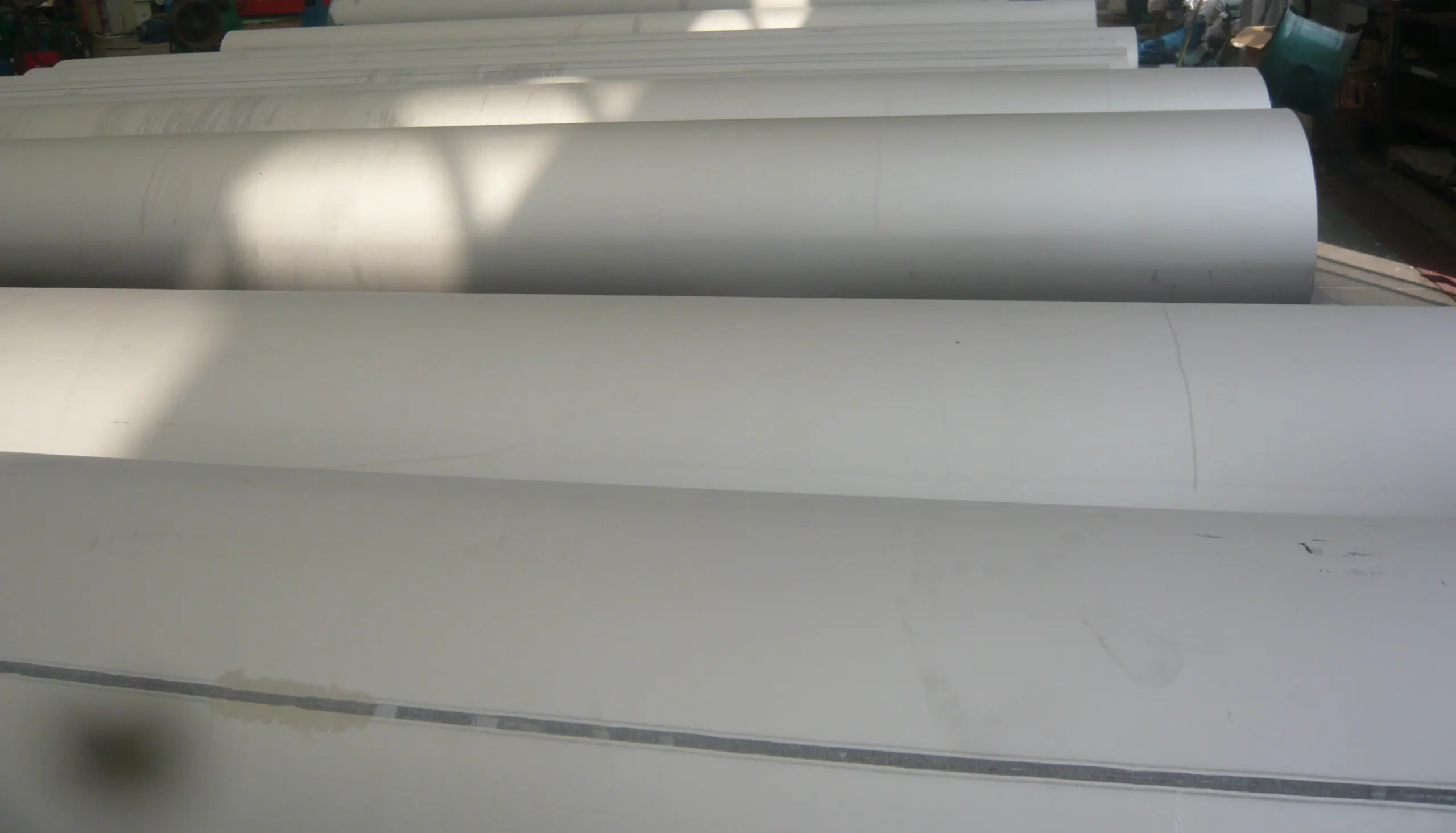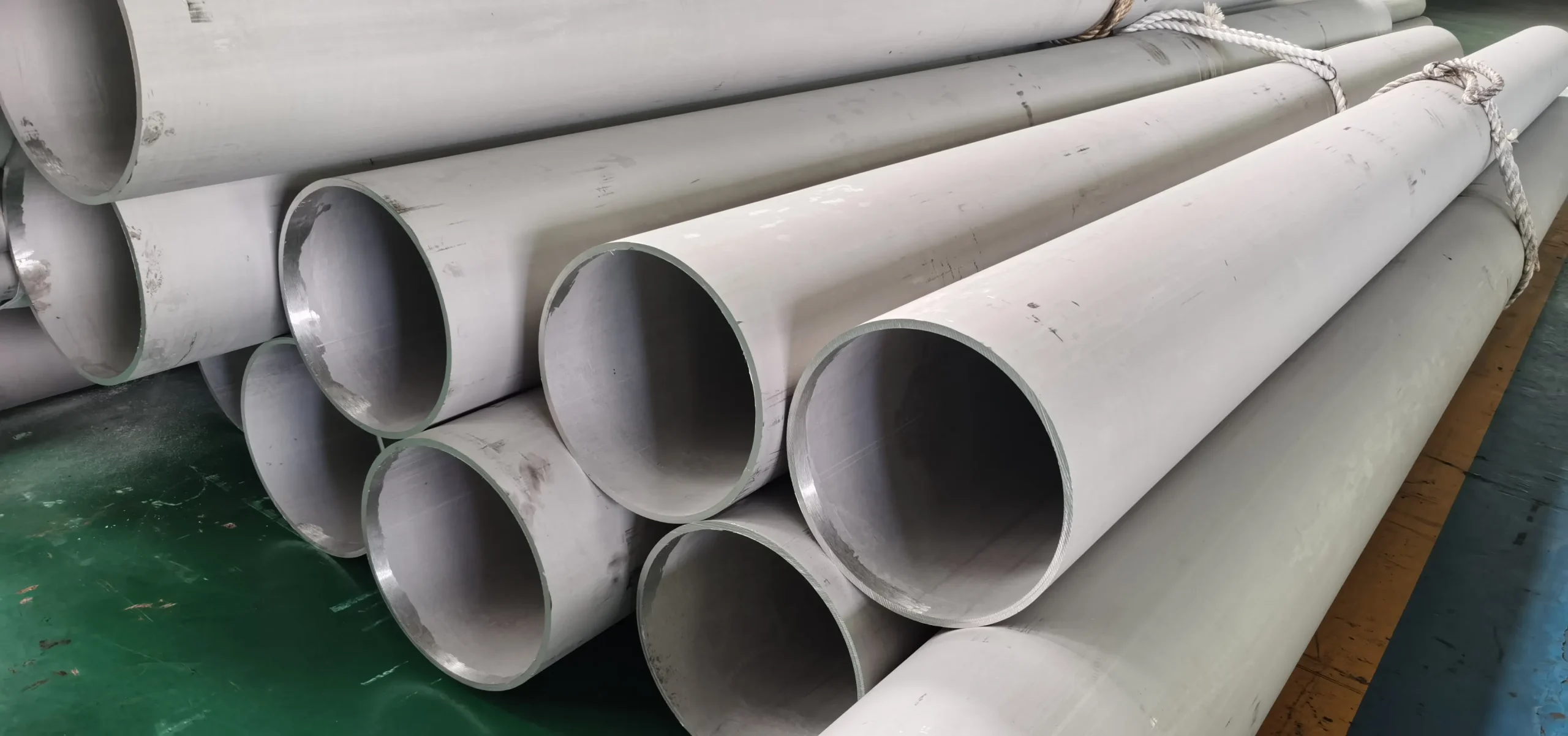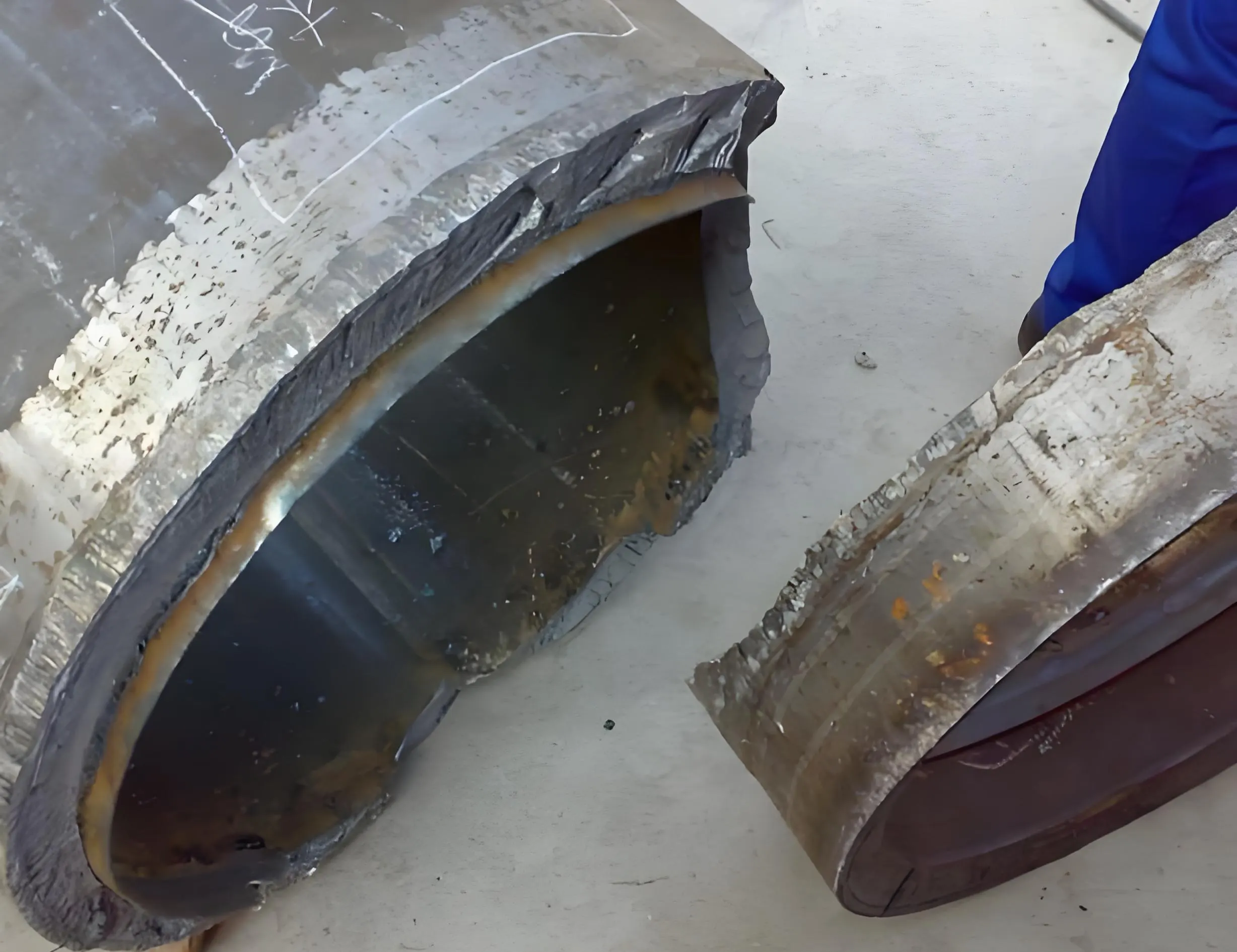Qu'est-ce que la déformation par fluage dans l'acier inoxydable ? Il s'agit d'un problème critique en tuyau en acier inoxydable et raccord Si votre système fonctionne régulièrement à des températures extrêmes, le stress constant peut entraîner de graves défaillances.
Qu'est-ce que la déformation par fluage ? Une menace lente et constante !
La déformation par fluage est la tendance d'un matériau solide à se déformer lentement. Elle se produit sous une contrainte mécanique soutenue ou en dessous de la limite d'élasticité du matériau. Elle se produit le plus souvent dans des conditions de température élevée. Cette déformation augmente avec le temps et peut éventuellement conduire à une rupture, ce qui constitue un problème majeur dans les applications à haute température à long terme.
Facteurs clés influençant la déformation par fluage
Le fluage dépend de la température. Au-dessus de la température d'homologation du matériau (environ 0,3-0,5 Kelvin au-dessus de son point de fusion), le fluage devient très prononcé. Plus la température est élevée, plus le fluage est rapide.
Le matériau doit être soumis à une charge constante inférieure à la limite d'élasticité. Plus le niveau de contrainte est élevé, plus le taux de fluage est rapide. Cela conduit à une défaillance plus rapide du système de tuyauterie.
Le fluage est un processus qui dépend du temps et la déformation augmente avec le temps. Une durée de vie plus longue exige une meilleure résistance au fluage. Cette résistance est essentielle pour un fonctionnement continu.
La résistance au fluage varie d'un alliage à l'autre. La microstructure, la taille des grains et les éléments d'alliage ont une influence. Les matériaux contenant des molybdène ont une meilleure résistance au fluage.
Environnements corrosifs peut exacerber le fluage, l'oxydation ou la cémentation peut réduire la capacité de charge. Cela accélère le processus de fluage.
Les étapes de la déformation par fluage
| Stade | Description | Taux de déformation |
|---|---|---|
| Fluage primaire | Taux décroissant, transitoire | Ralentissement |
| Fluage secondaire | Taux constant, état stable | Stable |
| Le fluage tertiaire | Accélération de la vitesse, colmatage, fracture | Augmentation rapide |
Ce que nous faisons
Impact du fluage sur les tuyauteries en acier inoxydable
| Impacter | Description | Risque pour le système |
|---|---|---|
| Changements dimensionnels | Les tuyaux s'étirent, les raccords se déforment | Désalignement, connexions lâches |
| Capacité de charge réduite | Le matériau s'affaiblit avec le temps | Risque de rupture sous pression |
| Fissuration intergranulaire | Des vides se forment aux limites des grains | Fuites, rupture soudaine et fragile |
| Réduction de la durée de vie | Défaillance prématurée des composants | Augmentation des coûts de remplacement |
| Risques pour la sécurité | Fuites de fluides chauds ou dangereux | Blessures du personnel, dommages à l'environnement |
Prévention de la déformation par fluage dans les systèmes en acier inoxydable
- Choisir un alliage résistant au fluage : Choisissez une nuance d'acier inoxydable connue pour sa résistance au fluage. Molybdène-(par exemple, les alliages contenant de l'oxygène), 316, 316H, 310et aciers duplex). Alliages à haute teneur en nickel tel que Incoloy 800H sont également excellents.
- Conçu pour la réduction des contraintes : Réduire les contraintes appliquées, utiliser des épaisseurs de paroi plus importantes et augmenter les points d'appui. Concevoir dans des limites de fonctionnement sûres.
- Contrôler les températures de fonctionnement : Maintenir les températures en dessous des seuils critiques de fluage ou utiliser des systèmes de refroidissement efficaces. Cela est essentiel pour prolonger la durée de vie des composants.
- Approprié traitement thermique: S'assurer que le matériau présente une microstructure optimale. Le recuit de mise en solution améliore les propriétés et augmente la résistance au fluage.
- Contrôle régulier : Mettre en œuvre un programme de surveillance pour suivre la déformation et effectuer des essais non destructifs. Cela permettra de détecter les premiers signes de fluage.
Approvisionnement en tubes et raccords en acier inoxydable fiables
Choisir un un fabricant qui a une grande expérience de l'acier inoxydable et qui comprend ses propriétés uniques. Cela permet d'obtenir des résultats de moulage optimaux.
Veiller à la rigueur qualité les contrôles sont en place, y compris les contrôles dimensionnels, etc. Vérification de l'intégrité des matériaux et rapports d'essais de matériaux sont également essentiels.
Travailler avec des fabricants réputés qui offrent des produits en acier inoxydable fiables et ont certifications(par exemple ISO 9001 et CE-PED).
Confirmez toujours la qualité exacte de l'alliage. Demande Rapports d'essai des matériaux (MTR). Cela confirme la composition chimique.
S'assurer que les tuyaux et les raccords respectent les dimensions requises. Cela comprend ASME B36.19 (tuyaux) ou ASME B16.9 (raccords).
Ces alliages nécessitent un soudage spécialisé. Veillez à utiliser les métaux d'apport appropriés. Vérifier la qualification des procédures de soudage.
Certaines applications peuvent nécessiter traitement post-soudure. Il peut s'agir d'un recuit de mise en solution. Cela permet de restaurer les propriétés.
Vous voudrez peut-être aussi lire :
Que sont les aciers inoxydables H et L - Duplex Pipe
Qu'est-ce que le carbure dans l'acier inoxydable ? Quels sont leurs effets sur les tuyaux et les raccords ?
Dégradation des matériaux en acier inoxydable
Qu'est-ce que le durcissement par vieillissement de l'acier inoxydable ?
Signification des lettres qui suivent les nuances d'acier inoxydable
Acier inoxydable VS acier au carbone : Quelle est la meilleure solution pour les tuyaux et les raccords ?
Comment adoucir l'acier inoxydable ? Quels sont les avantages et les inconvénients ?
Qu'est-ce que la sensibilisation de l'acier inoxydable et comment la prévenir ?
Nous contacter
- RM901 No.22 Tangjiaqiao Road Wenzhou Chine
- +86 577 8551 1171
- [email protected]
- https://www.kaysuns.com/



